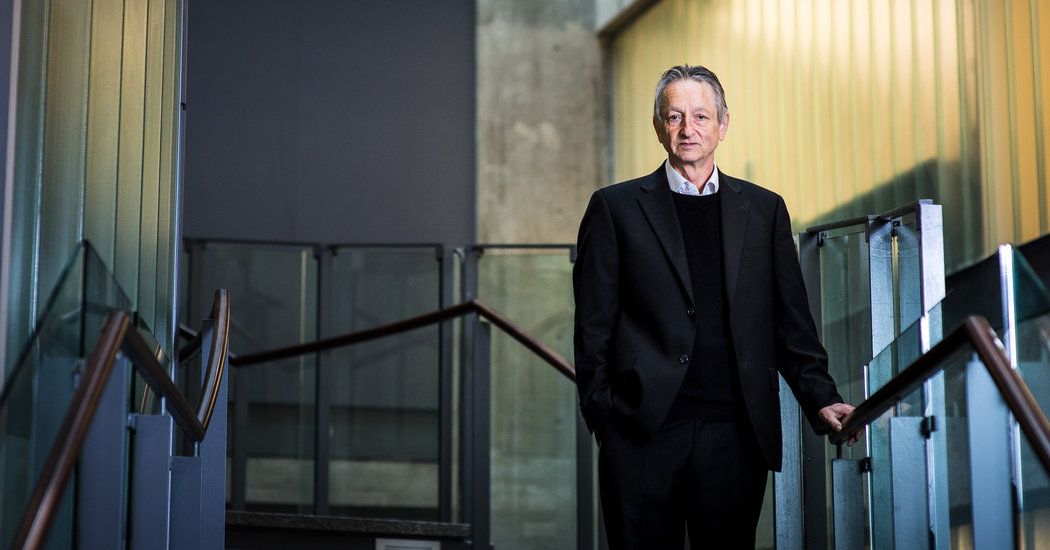Breakthrough Initiatives achieved a major milestone with the recent deployment of their Sprite satellites, the smallest satellites in history.
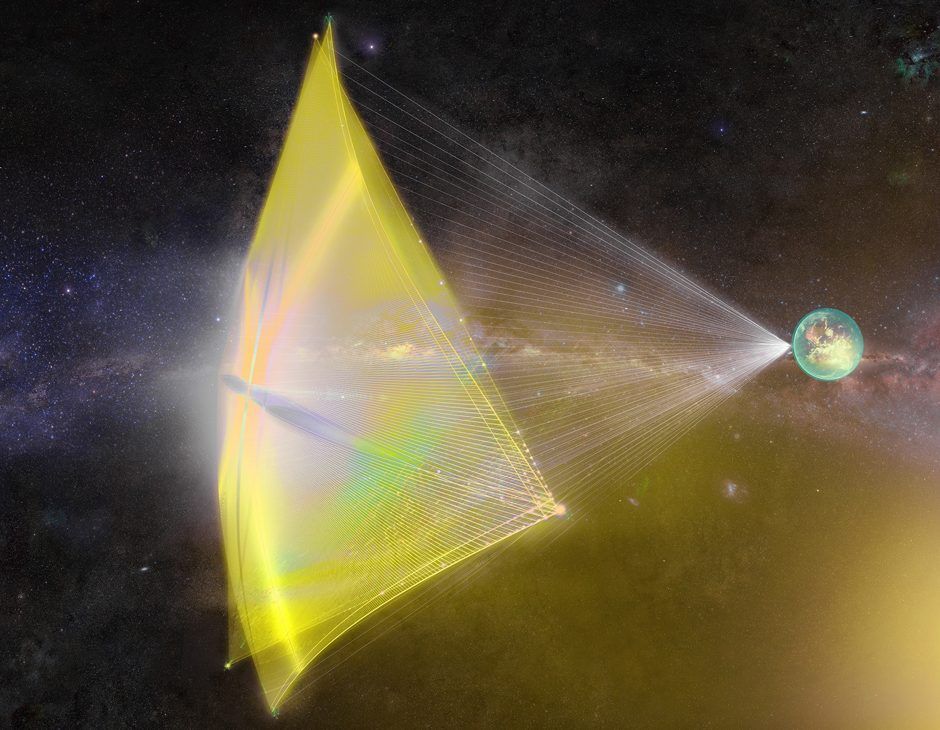

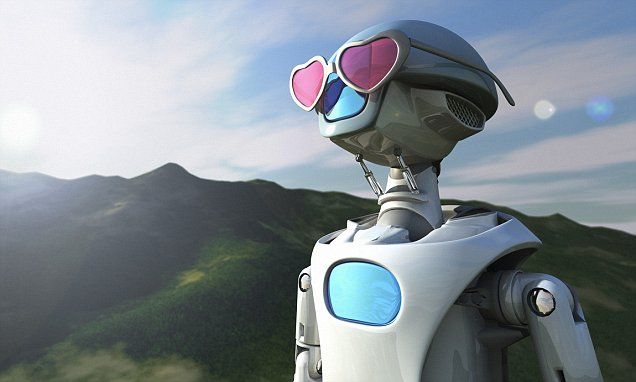
Google’s DeepMind has revealed a radical new research project designed to give AI’s an imagination.
The breakthrough means that systems will be able to think about their actions, and undertake ‘deliberate reasoning.’
The radical system uses an internal ‘imagination encoder’ that helps the AI decide what are and what aren’t useful predictions about its environment.

Submit your story for a chance to win a seat on Flight #008 and a $10,000 prize package, including a trip to Japan.
Your flight has been mysteriously transported 20 years into the future. How could this happen? Wait, that’s not important. Take a deep breath. Look around. Without a doubt, the world has changed. What new technologies and innovations have reshaped the way we live?
XPRIZE, ANA and the world’s top science fiction storytellers are embarking on a journey to 2037, envisioning a world transformed by exponential technologies and a global community of innovators. We’d like for you to join us.
“This work is based on our belief that VR offers new methods for storytelling and engagement.”
Read more
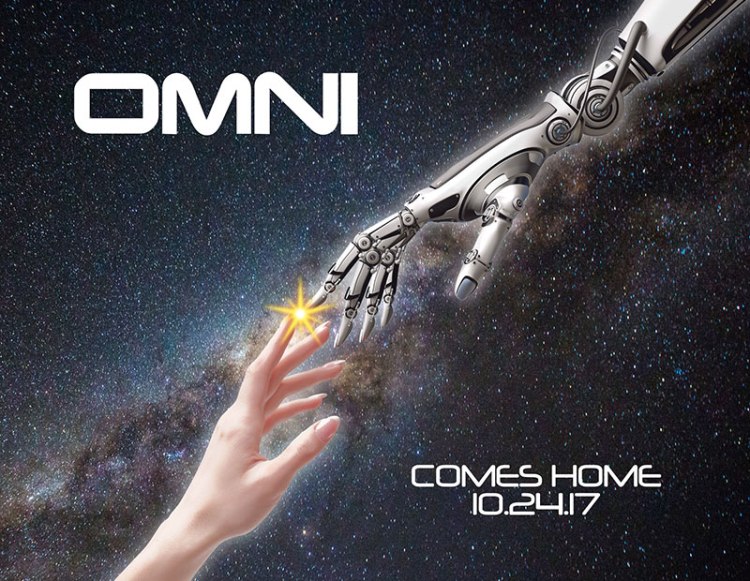
“The next print issue of OMNI will be available October 24.”
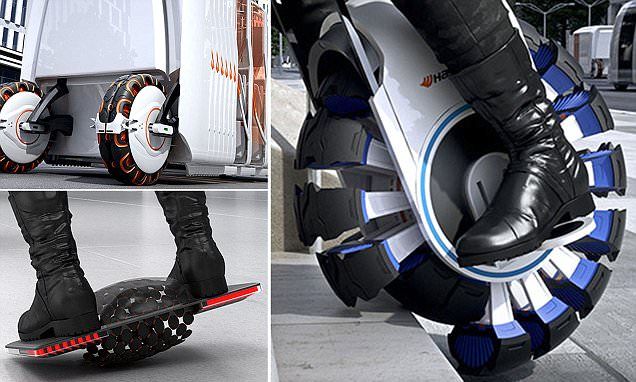
A total of 34 works were submitted as part of Hankook Tires’ Design Insight forum, with five winners chosen.
Mr Seung Hwa Suh, Vice Chairman and CEO of Hankook Tire said: ‘The Design Insight Forum to be held at Hankook Technodome is truly meaningful that one can witness fine works of young designers of the future tire innovation at the new and state-of-the art R&D center, Hankook Technodome.
‘Hankook Tire expects to create further synergies with the future leaders in collaboration with Hankook Tire’s technology leadership through the Design Insight Forum.’
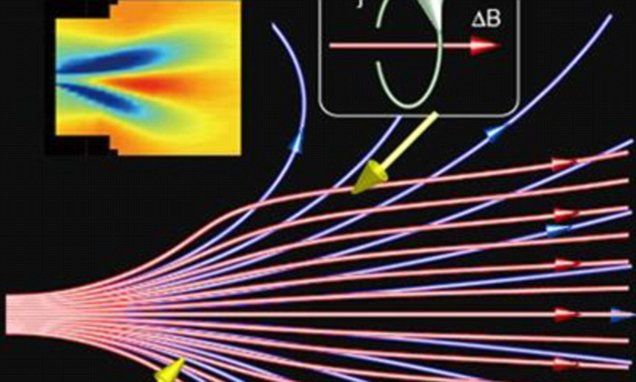
Plasma, an extremely hot gas with electrically charged particles, is found all throughout the universe and is influenced by environmental forces, such as magnetic fields.
The complex behaviours observed in space and in the lab suggest plasma can generate the magnetic field in the opposite direction to the one applied, according to the researchers from Tohoku University.
This causes the field lines to diverge, much like magnets with their North poles facing toward each other.
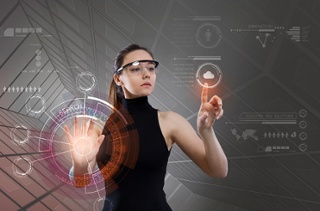
“The point is that wearables, bionics, AI, virtual/mixed/augmented reality – all bleeding edge technologies that (literally) are reshaping how we work, interact, learn, and live – are doing so as ‘other’ to our individual, biological selves.”
